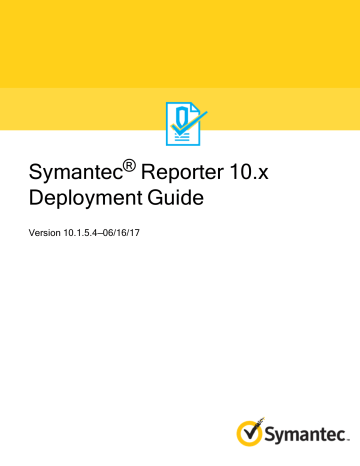
In February 2002, the company closed its Redmond, WA office and laid off about 60 workers there. By 2002, several competing internet caching companies had abandoned the market, due to slow adoption of caching technology and most of CacheFlow's revenues came from its IT security products. The company lost 97% of its value from October 2000 to March 2001 as the dot-com bubble burst. It had a custom operating system called Security Gateway and provided many of its security features through partners, like Symantec and Trend Micro. The appliance sat behind corporate firewalls to filter website traffic for viruses, worms and other harmful software. Later in 2001, the company was renamed to Blue Coat Systems to focus on security appliances and simultaneously released the SG800. In 2001, new features specifically for streaming media were introduced under the name "cIQ". In December 2000, the company acquired Entera, a digital content streaming company, for $440 million. In June 2000, the company acquired Springbank Networks, an internet device company, for $180 million.
#Bluecoat reporter data sheet windows
In May 2000, the company updated CacheFlow OS to cache multimedia content, including RealNetworks' RealSystem, Microsoft's Windows Media and Apple's Quicktime formats. In March 2000, the company integrated its products with those of Akamai Technologies. It already had 25% of the overall market for caching and 35% of the caching appliance market and was still not profitable. Revenues grew from $7 million in 1998, to $29 million in 1999 and $97 million in 2001. It was the company's first product family for corporate networks, caching Web or multimedia content directly on the corporate network. The CacheFlow Client Accelerator 600 product family was also introduced in 2000. Tests by Network World found the Server Accelerator 725 increased website load speed eight-fold. In 2000, it introduced the CacheFlow Server Accelerator product family, which offloads content delivery tasks from web servers. In 1999, board of directors member Andrew Rachleff of Benchmark Capital, an investor, brought in Brian NeSmith, who had just sold his company, Ipsilon Networks, to Nokia for $120 million, as chief executive officer. One month later, they traded as high as $182 each. The company had initially hoped to price its shares at $11-13 each and raise $50 million but due to strong demand, it priced its shares at $26 each. At that time, the company had $3.6 million in revenue and $6.6 million in losses in the prior 3 months. However, the company was not profitable and its product was unproven. Shares rose fivefold on its first day of trading. On November 19, 1999, during the peak of the dot-com bubble, the company became a public company via an initial public offering, raising $132 million. In early November 1999, Marc Andreessen invested $3.1 million in shares, at a price of $11.04 per share.

The review noted that its "most noteworthy features" were its DNS caching and object pipelining techniques, which allowed page data to be delivered in parallel, rather than sequential, streams. The editor said it had "excellent performance", a "plug-and-go" setup, and "good management tools.
#Bluecoat reporter data sheet Pc
A competitive review of caching appliances in PC Magazine gave the CacheFlow 500 Editor's Choice. In September 1999, the company released the CacheFlow 500, with a list price of $9,995. In March 1999, Technology Crossover Ventures invested $8.7 million for 7% of the company, equivalent to a price of $4.575 per share. In mid-1998, during the dot-com bubble, the company made its first sales, earning just $809,000 over three months, and investors started pushing for an initial public offering (IPO). In April 1998, the company released the CacheFlow 100. In October 1999, the CacheOS operating system was released. It cached website objects that users were likely to use repeatedly, to increase load speed. In January 1998, the company released its first product, the CacheFlow 1000. In 1997, the company moved its headquarters to Silicon Valley. Venture Partners acquired 17% of the company for $6 million.

By February 1997, the company had raised $5.1 million. In October 1996, Benchmark Capital purchased 25% of the company for $2.8 million, equivalent to a price of 87.5 cents per share. The company's goal was to develop appliances that would increase website speed by storing frequently accessed web data in the cache.

The company initially raised $1 million in seed money from a dozen angel investors. in Redmond, Washington by Michael Malcolm, a computer scientist and professor at the University of Waterloo, Joe Pruskowski, and Doug Crow. In March 1996, the company was founded as CacheFlow, Inc.


 0 kommentar(er)
0 kommentar(er)
